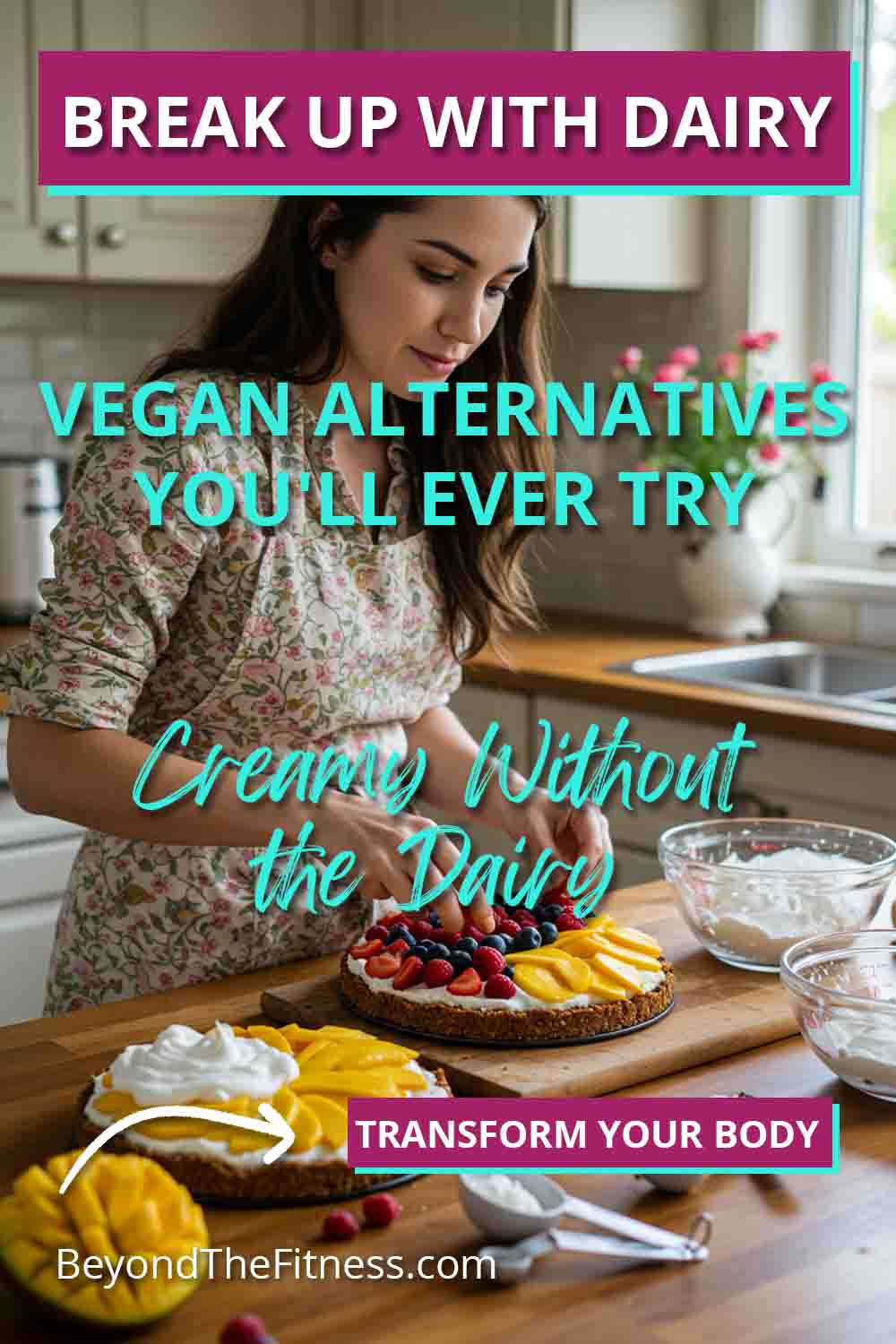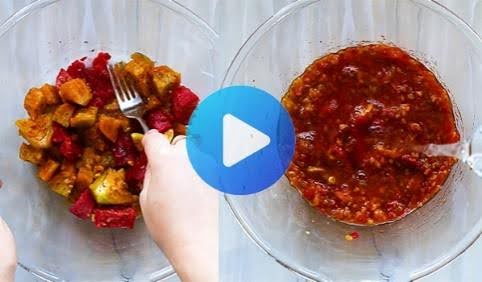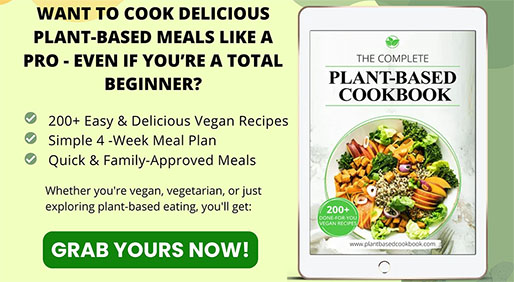Thinking about reducing or removing dairy from your diet is something I discuss often with clients, especially women looking to optimize their health, manage weight, or improve how they feel during their fitness journey. Sometimes dairy just doesn’t agree with us. It might cause bloating, skin issues, or just a general feeling of sluggishness. For others, it’s an ethical choice or simply exploring new ways to eat. Whatever your reason, the good news is that saying goodbye to dairy doesn’t mean saying goodbye to creamy, delicious foods. The world of vegan alternatives has exploded, and honestly, some options are so rich and satisfying, you might wonder why you didn’t make the switch sooner.
As someone focused on fitness and nutrition, I always look at food choices through the lens of how they support our bodies and goals. Let’s explore why you might consider reducing dairy and dive into the amazing plant-based alternatives available today.
Insider Tip: Enjoying Healthy and Flavorful Plant-Based Dishes with The Complete Plant Based Recipe Cookbook
Why Consider Less Dairy?
Before we jump into the alternatives, let’s touch on why someone might want to reduce dairy intake, particularly from a health and fitness standpoint.
Digestion Troubles
Lactose intolerance is very common. Lactose is the sugar found in milk and dairy products. Our bodies need an enzyme called lactase to break it down. As many people age, their bodies produce less lactase. This can lead to symptoms like gas, bloating, stomach pain, and diarrhea after consuming dairy. Feeling bloated and uncomfortable is certainly not ideal, especially when you’re trying to stay active or push through a tough workout. Eliminating dairy can bring significant relief for many people experiencing these issues.
Inflammation Concerns
Chronic inflammation is linked to various health problems and can hinder workout recovery and overall well-being. Some research suggests that dairy, particularly for individuals sensitive to it, might contribute to inflammation. Reducing potential inflammatory triggers can be beneficial for joint health, muscle recovery, and managing conditions that are worsened by inflammation. Many women find that reducing dairy helps ease inflammatory symptoms, sometimes related to their cycles as well.
Skin Health
For some individuals, dairy consumption is linked to acne breakouts or other skin issues. Hormones naturally present in milk, or the inflammatory response it might trigger, could be contributing factors. While the connection isn’t universal, many people report clearer skin after reducing or eliminating dairy. When you feel good about your skin, it boosts confidence, which is a great side effect of dietary changes.
Weight Management
While dairy can be part of a healthy diet, some products are high in calories and saturated fat (like full-fat cheese, cream, and butter). If weight management is a goal, being mindful of these sources is important. Plant-based alternatives can sometimes offer lower-calorie or lower-saturated-fat options, though it’s always essential to read labels, as this isn’t always the case. Swapping a high-calorie dairy creamer for a lower-calorie almond milk in your coffee, for example, can add up over time.
Hormonal Considerations
Dairy milk contains naturally occurring hormones from the cow. While the levels are generally considered safe, some women are concerned about how external hormone sources might influence their own hormonal balance. Reducing dairy intake is one way some women try to manage conditions potentially influenced by hormones, though more research is needed in this area.
The Rise of Creamy Vegan Alternatives
Okay, so you’re thinking about reducing dairy. What do you replace it with? Years ago, the options were limited and often disappointing in texture and taste. That is absolutely not the case anymore. Food technology and culinary creativity have given us plant-based alternatives that truly mimic the creaminess and richness of dairy.
Let’s explore some of the best and creamiest options out there.
Cashew Cream: The Versatile Wonder
If I had to pick one superstar, it might be cashew cream. It’s incredibly versatile and surprisingly easy to make at home.
- How it’s Made: Simply soak raw cashews (important: not roasted or salted) in water for a few hours or overnight (or quick-soak in boiling water for 15-30 minutes if you’re short on time). Drain them, then blend with fresh water until completely smooth and creamy. You can adjust the water amount to get the consistency you want – less water for a thick cream like sour cream or cream cheese, more water for a thinner, pourable cream.
- Why it’s Great: Cashews blend into a silky smooth texture with a neutral, slightly sweet flavor. It doesn’t have a strong “nutty” taste, making it perfect for both savory and sweet dishes. It’s rich in healthy unsaturated fats, which contribute to satiety (helping you feel full and satisfied) and provide sustained energy. Cashews also offer minerals like magnesium and copper.
- Uses:
- Savory Sauces: Blend it with nutritional yeast, garlic, and herbs for a creamy pasta sauce (like Alfredo).
- Soups: Stir it into soups at the end of cooking for richness.
- Dips and Spreads: Thicken it up and add seasonings for a sour cream or cream cheese substitute.
- Dressings: Thin it out for creamy salad dressings.
- Desserts: Use it as a base for vegan cheesecakes, puddings, or a dollop on fruit.
- Fitness Angle: The healthy fats provide lasting energy, and its versatility means you can easily create satisfying, nutrient-dense meals that support your activity levels without relying on heavy dairy creams.
Coconut Milk and Cream: Tropical Richness
Coconut milk and cream are staples in many cuisines for a reason – they bring incredible richness and a subtle tropical flavor.
- How it’s Made: Derived from the flesh of mature coconuts. Full-fat coconut milk (usually found in cans) separates into a thick cream layer on top and watery liquid below. Light coconut milk has had some fat removed. Coconut cream is even thicker and richer.
- Why it’s Great: It delivers unparalleled creaminess, especially the full-fat version. It contains Medium-Chain Triglycerides (MCTs), a type of fat that is metabolized differently by the body and can be a quick source of energy. The flavor is distinct, so it works best in dishes where a hint of coconut is welcome.
- Uses:
- Curries and Stews: The classic use, providing a rich base.
- Soups: Adds body and flavor to blended soups (like butternut squash or tomato).
- Smoothies: A scoop of coconut cream or a splash of coconut milk adds healthy fats and creaminess.
- Whipped Cream: Chill a can of full-fat coconut milk, scoop out the solid cream, and whip it with a little sweetener for a decadent topping.
- Coffee Creamer: Full-fat coconut milk can be a rich coffee addition.
- Desserts: Base for ice cream, puddings, and mousse.
- Fitness Angle: MCTs can provide quick energy, potentially useful before workouts for some. However, be mindful of the high saturated fat content in full-fat versions; moderation is key, especially if managing cholesterol or overall fat intake. Light coconut milk offers creaminess with fewer calories and fat.
Oat Milk: The Coffee Shop Favorite
Oat milk has surged in popularity, especially in coffee shops, because it steams well and has a naturally creamy texture and slightly sweet taste.
- How it’s Made: Oats are soaked in water, blended, and then strained. Commercial versions often have added oils for extra creaminess and emulsifiers to prevent separation.
- Why it’s Great: It’s generally nut-free and soy-free, making it a good option for those with allergies. It offers a creamy texture without a strong overpowering flavor. Oats contain soluble fiber, specifically beta-glucans, which are beneficial for heart health and can help with satiety and digestion.
- Uses:
- Coffee and Lattes: Its creaminess makes it a favorite.
- Cereal and Oatmeal: Pours well and adds a nice flavor.
- Smoothies: Blends smoothly.
- Baking: Can often be used as a 1:1 substitute for dairy milk in recipes.
- Fitness Angle: The soluble fiber aids in digestion and promotes a feeling of fullness, which can be helpful for weight management. Beta-glucans may also help manage blood sugar levels. Choose unsweetened versions to avoid added sugars, and check labels as some brands add significant amounts of oil, increasing the calorie count.
Soy Milk: The Protein Powerhouse
Soy milk was one of the original dairy alternatives and remains a solid choice, especially from a nutritional standpoint.
- How it’s Made: Soaked soybeans are ground with water and strained.
- Why it’s Great: Its protein content is comparable to cow’s milk, making it unique among most plant milks. This is important for muscle repair and growth, especially if you’re active. It has a relatively neutral flavor, though some find it distinct. It’s widely available and often fortified with calcium and vitamin D.
- Uses:
- Drinking: A good direct substitute for cow’s milk.
- Smoothies: Adds protein and creaminess.
- Cereal and Oatmeal.
- Cooking and Baking: Works well in many recipes.
- Soy Yogurt: A popular base for vegan yogurts, offering protein and probiotics (if cultured).
- Fitness Angle: The high protein content makes it excellent for post-workout recovery shakes or for ensuring adequate protein intake throughout the day, which is crucial for maintaining muscle mass, especially during weight loss. Concerns about phytoestrogens in soy are often overstated; moderate consumption is considered safe and potentially beneficial for most people, including women. Choose organic or non-GMO options if preferred.
Almond Milk: The Low-Calorie Staple
Unsweetened almond milk is known for being very low in calories, making it popular for those watching their intake.
- How it’s Made: Ground almonds are blended with water and strained.
- Why it’s Great: It’s light, widely available, and has a mild, slightly nutty flavor. Unsweetened versions are very low in calories and sugar. Often fortified with calcium and vitamin E.
- Uses:
- Smoothies: A light base that lets other flavors shine.
- Cereal and Oatmeal.
- Coffee: Less creamy than oat or soy, but a popular choice.
- Baking: Can be used in recipes, though the lack of fat and protein might slightly alter textures compared to dairy milk.
- Almond Yogurt: Available, typically lower in protein than soy yogurt unless fortified.
- Fitness Angle: Its low-calorie nature makes it a great tool for reducing overall calorie intake without sacrificing volume in things like smoothies or coffee. However, it’s very low in protein, so it doesn’t contribute much to muscle repair or satiety on its own. Ensure you get protein from other sources. Look for fortified versions to get calcium and vitamin D.
Other Nut and Seed Milks
The market continues to expand:
- Hemp Milk: Creamy texture, earthy flavor, good source of omega-3 fatty acids.
- Flax Milk: Also provides omega-3s, often fortified, can be thin but creamy varieties exist.
- Macadamia Milk: Very creamy and rich, slightly higher in fat (mostly monounsaturated), great in coffee.
- Pea Milk: Surprisingly creamy, high in protein (often comparable to soy or dairy), neutral flavor. A good soy-free, nut-free option.
Beyond Milk: Cheese, Yogurt, Butter, and Ice Cream
The alternative world extends far beyond milk:
- Vegan Cheese: This category has improved dramatically. You can find shreds that melt, creamy cheese spreads, and firm blocks. Ingredients vary widely – common bases include cashews, coconut oil, tapioca starch, potato starch, and almonds. Read labels for nutrition, as some can be high in saturated fat and sodium. They can be great for occasional enjoyment.
- Vegan Yogurt: Made from soy, almond, coconut, oat, or cashew bases. Look for options with live active cultures for probiotic benefits. Choose unsweetened varieties and add your own fruit or toppings. Pay attention to protein content, as it varies significantly.
- Vegan Butter/Spreads: Typically made from oil blends (coconut, avocado, palm, shea) and water. They work well for spreading, cooking, and baking. Compare nutrition labels for fat content and types of fat used.
- Vegan Ice Cream: So many creamy, decadent options! Bases include coconut milk, cashew cream, oat milk, avocado, and soy. They can be just as high in sugar and calories as dairy ice cream, so enjoy them as a treat.
Fitting Alternatives into Your Healthy Lifestyle
Switching to dairy-free alternatives can easily fit into a fitness-focused lifestyle.
- Fueling Workouts: Use soy milk or pea milk in pre- or post-workout smoothies for a protein boost. Add cashew cream or coconut milk for healthy fats and sustained energy.
- Meal Prep: Make big batches of cashew cream sauce for pasta or veggies. Cook curries or stews with coconut milk. Use oat or almond milk for overnight oats.
- Smart Snacking: Opt for unsweetened vegan yogurt with fruit and nuts. Blend a smoothie with your favorite plant milk.
- Read Labels: This is crucial. Look for:
- Added Sugars: Choose unsweetened versions whenever possible. Flavored milks and yogurts can pack a lot of sugar.
- Fortification: Check for added calcium and vitamin D, as these are key nutrients found in dairy. Vitamin B12 is also important if you follow a fully vegan diet.
- Ingredients: Be aware of fillers, gums, or oils if you prefer simpler ingredients. Carrageenan is an additive some people prefer to avoid due to potential digestive upset.
Addressing Common Concerns
- Calcium and Vitamin D: Many plant milks and yogurts are fortified to match or exceed the levels in dairy milk. Leafy greens (kale, collards), tofu set with calcium sulfate, almonds, and sesame seeds also provide calcium. Vitamin D can be obtained from fortified foods and sun exposure (or supplements if needed).
- Protein: While some plant milks are low in protein (like almond), others are excellent sources (soy, pea). Ensure your overall diet includes sufficient protein from sources like legumes, tofu, tempeh, nuts, seeds, and whole grains.
- Cost: Some alternatives can be pricier than dairy. Buying store brands, looking for sales, or making your own (like cashew cream or oat milk) can help manage costs.
- Taste: It might take time to adjust. Try different brands and types to find your favorites. What you dislike in coffee, you might love in a smoothie.
Final Thoughts for Women
For my female clients, reducing dairy sometimes comes with unexpected benefits beyond digestion. Some report less cyclical bloating, fewer hormonal breakouts, or just feeling “lighter.” While individual responses vary greatly, if you suspect dairy might be contributing to issues like these, experimenting with these creamy alternatives is a low-risk way to see how your body responds. Just ensure you’re consciously replacing the key nutrients found in dairy, especially calcium and vitamin D, through fortified alternatives or other food sources.
You Might Be Interested In: Exploring Delicious Vegan Recipes With This Cookbook
Breaking up with dairy doesn’t mean depriving yourself. It opens up a whole new world of flavors and textures. From silky cashew cream sauces to rich coconut curries and protein-packed soy smoothies, these plant-based options can support your fitness goals, potentially ease digestive or inflammatory issues, and add delicious variety to your meals. Give them a try – you might just find your new favorite creamy indulgence.
Related YouTube Video
Final Thoughts
Exploring the world of dairy-free alternatives can be an exciting culinary adventure. The quality and variety available today mean you rarely have to compromise on taste or texture. Whether you’re making the switch for health, ethical, or environmental reasons, focusing on whole, minimally processed options and reading labels will help you make choices that align with your fitness and wellness goals. Remember to listen to your body and choose the alternatives that make you feel your best.







